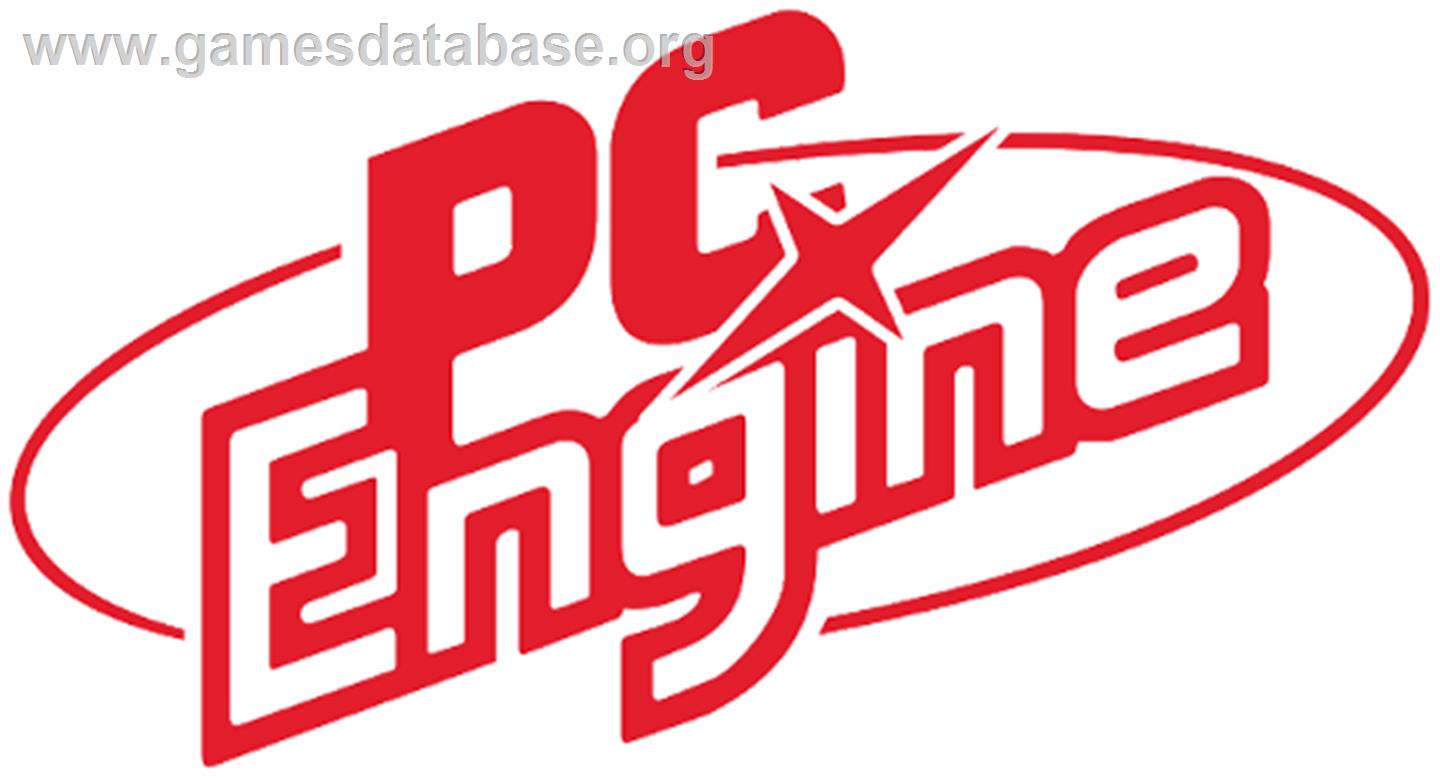Anecdotally, I was working at Software Etc. in 1990 and there was next to no interest in the TG16. A very small percentage of customers compared to the Genesis. I just don't think it could compete with the brand recognition of Sega, compounded by the lack of a pack-in game. Though to be fair, it had more interest than the Atari Lynx and Neo Geo.
Well, it has always been said that NEC focused on some large urban areas with the TG16, so where you are has a big impact on this. People in the Chicago or New York areas are more likely to have seen the system than someone like me; I only remember actually seeing a TG16 in a playable store demo one time, and it was at the one chain that did push the system nationwide, Toys R Us.
But besides that, think about it. When the Genesis and TG16 both released in August 1989, NEC had three major advantages over Sega:
- Sega was not exactly well thought of in the US as a home console manufacturer. The Master System had some good games, but few people bought it and it finished third that generation here, behind even the Atari 7800. By the time the Genesis and TG16 released in the US, the SMS had already been discontinued in Japan and was dying quickly in the US. Sure, it was still selling fine in Europe and Brazil, but on the home console side those were smaller markets before the Playstation, and that didn't help the system here, anyway.
- Sega itself was a relatively small company as well, dwarfed by the size of an NEC or a Sony and smaller than Nintendo as well. NEC should have been able to afford a lot more marketing presence than Sega.
- The TG16/PCE was the #1 4th-gen console in 1989 thanks to its success up to that point in Japan, and as a result the TG16 had a far better game library in '89 than the Genesis did.
Really, Sega's only advantage was that they were well known as one of the best arcade game developers, but being great at arcade games didn't mean you would necessarily be successful as a home console maker, so while that was crucial to their early success I'd definitely give NEC the advantage in early (eg pre-SNES and pre-Sonic) game libraries.
But despite those advantages, NEC managed to blow it through poor decision-making, from NEC Japan wanting complete control, poor marketing, different market conditions, their too-late release date, etc. Sega outsold NEC from the start, and though in '89 the TG16 sold decently as well you're right, it fell off fast after that.
(Here's one example of another bad decision of NEC's I read about from an interview -- so, NEC had ~700,000 TurboGrafx-16 consoles made for launch... which was far, far too many, and that expensive unsold inventory dragged down NEC US for years; indeed, they may never have made more TG16s after that as a result. This was one factor that helped drag down the system, once it failed to take off as they thought it would.)
Keith Courage was a packin game
Keith Courage isn't the best game, but at least it's better than Altered Beast!
(Really though, if they were going for a 1989 release the pack-in probably should have been Legendary Axe or R-Type. Probably Legendary Axe, since platformers were #1. I'm not a big fan Legendary Axe -- graphics aside I might like Keith Courage more -- but it was very highly regarded, something Keith Courage isn't.)
Also while R-Type is prety the game plays like ass because of the constant up and down scrolling (R-Type wasn't designed around it, unlike Gradius).
I vastly prefer the SMS version to this day (or the incredible c64 conversion)
R-Type for the TG16 is an amazing game, still one of the better versions of the game for sure; it is very difficult, but the slight amount of up and down scrolling doesn't hurt the game much... but it's not the best shmup released on the system that year, Blazing Lazers is even better.




